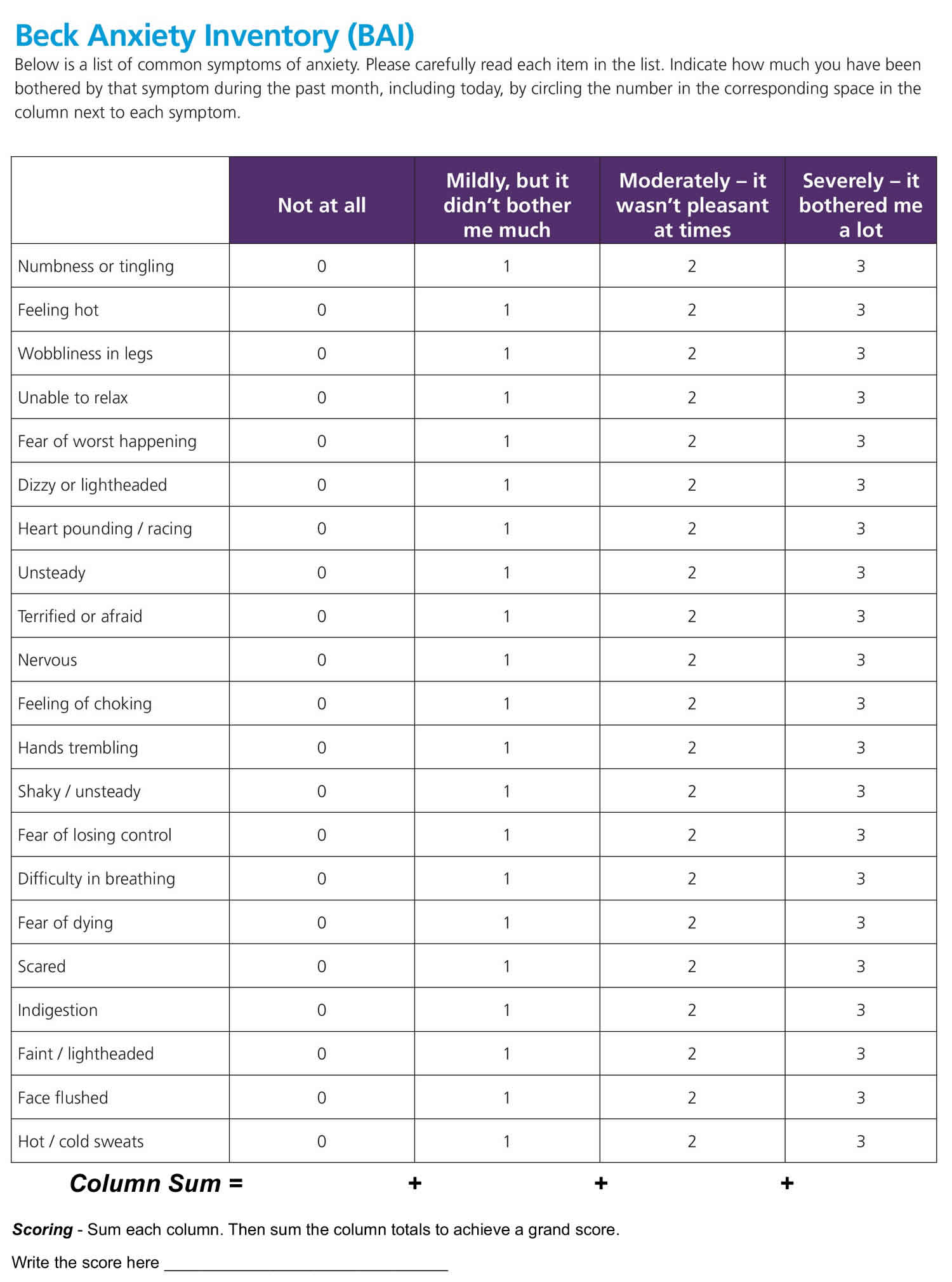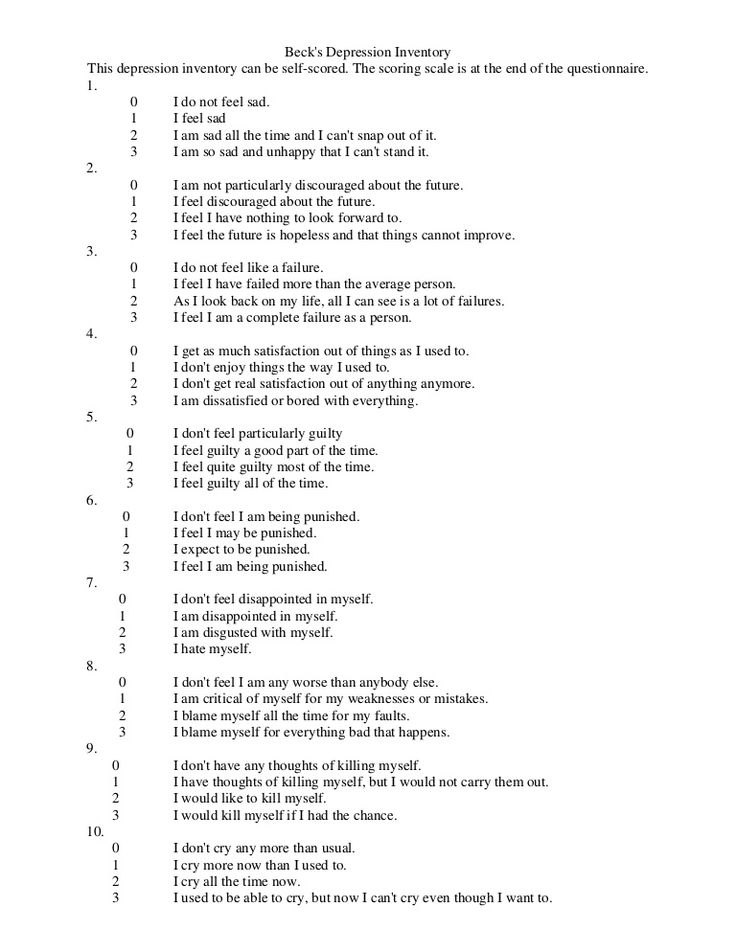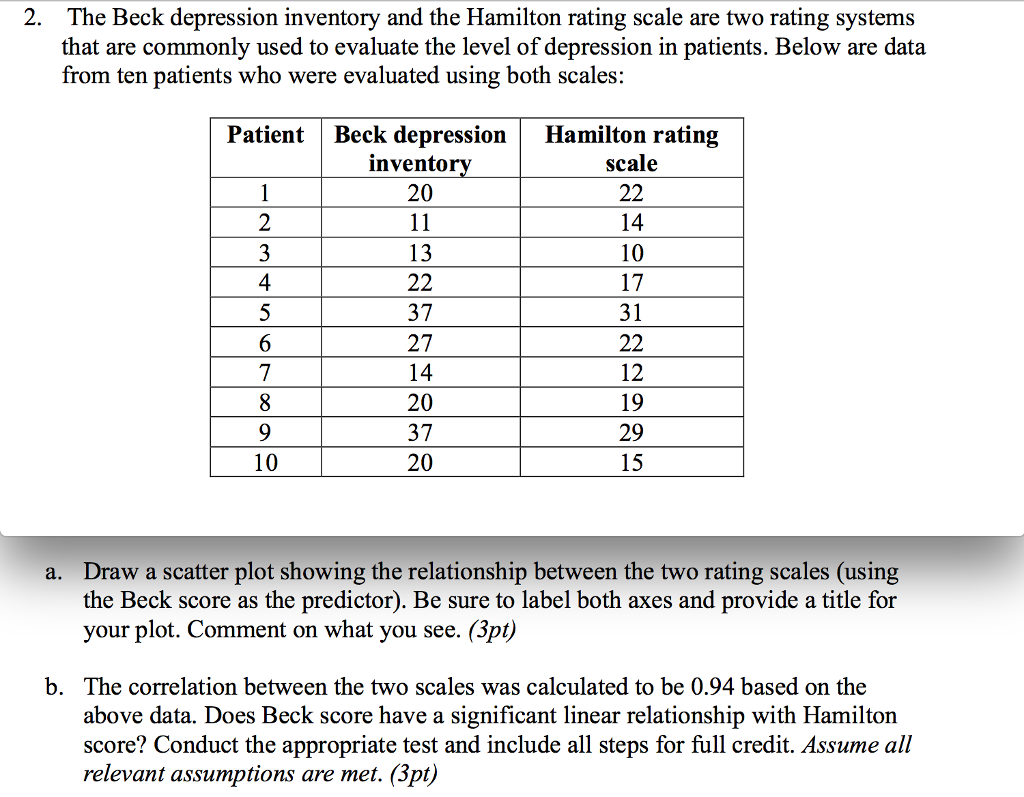

The Cronbach’s coefficient of the BDI scale was α = 0.860, with the majority of item-total correlations above 0.37. There was also a relatively stable level of depressive reactions in this population over the previous ten years.

The study showed no significant relationships between the BDI scores and sociodemographic variables such as age, economic status, and educational profile, but showed significant differences within gender (t (780) = 3.222, p = 0.001). Mean score on the BDI-IA scale was 6.69 SD = 6.412. The sample consisted of 782 students (40% male, 60% female), mean age = 23.10 years, SD = 1.782. The subsidiary aims were to monitor potential changes in level of depressive reactions within the set time and to examine the psychometric properties and factor structure of the Beck Depression Inventory (BDI) scale. This article is part of a larger study which has been conducted for ten years now with the aim to create a clearer picture about the level of depression which may be expected in the nonclinical population in Serbia, and in that way provide a basis for comparisons when diagnosing the clinical population. Therefore, it is vitally important to employ reliable and valid diagnostic instruments and norms, both in clinical and research work to investigate this problem. We conclude that BDI-IIASM is a valid and reliable instrument to measure symptoms of depression in Mexican profoundly prelingually Deaf people, who have a symptom profile characterized by somatic and motivational nature.Depression is one of the most common psychological disorders in individuals seeking psychiatric treatment, and a frequent psychological disorder among patients who seek primary healthcare. However, unlike what happens in hearing population, somatic-motivational dimension was located in the first factor, explaining 42% of variance. Exploratory factor analysis indicated that BDI-IIASM measures a general dimension of depression composed of two factors, one is somatic and the other one, cognitive-motivational. Furthermore, contrary to reports from hearing population with depression, no significant correlations were found between levels of depression and sociodemographic variables, neither significant differences between the scores of men and women, which is consistent with the results reported in previous studies. The analysis reveals a significant difference between these scores and those reported by general hearing population (Sanz, Perdigon & Vazquez, 2003 Estrada, Delgado Landero & Gonzalez, 2012) that use the same BDI-II version (Beck, Steer & Brown, 1996), indicating also higher depressive symptoms in both Mexican Deaf people and Spanish Deaf people (Estrada, Delgado & Beyebach, 2010). Statistical analysis showed that intensity levels of depression symptoms in this population are high, with an average score of 17.51.

The sample consisted of 100 profoundly prelingually deaf people living in the Monterrey metropolitan area (Nuevo Leon), Puebla (Puebla) and Nogales (Sonora), with a mean age of 30.63 years old, from which 52% were women and 48% men. Furthermore, the objective is also to provide a preliminary profile of depressive symptoms in Mexican Deaf people using Mexican Sign Language (MSL) on their communication. The instrument was called BDI-IIASM (Adaptation to Mexican Deaf People). The main objective of this study is to present a version of the BDI-II (Beck, Steer & Brown, 1996) adapted to Mexican sign language, providing preliminary information about validity and reliability.


 0 kommentar(er)
0 kommentar(er)
